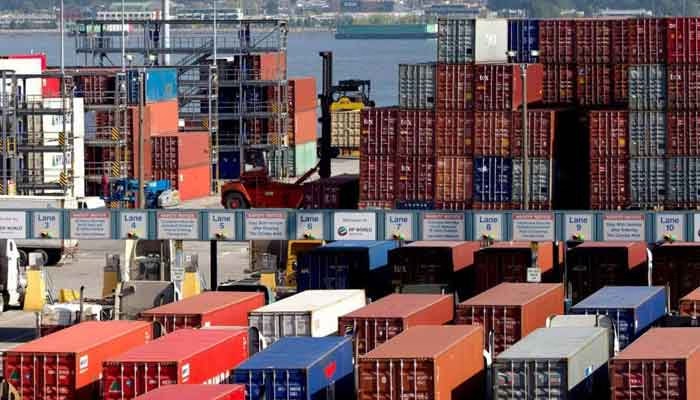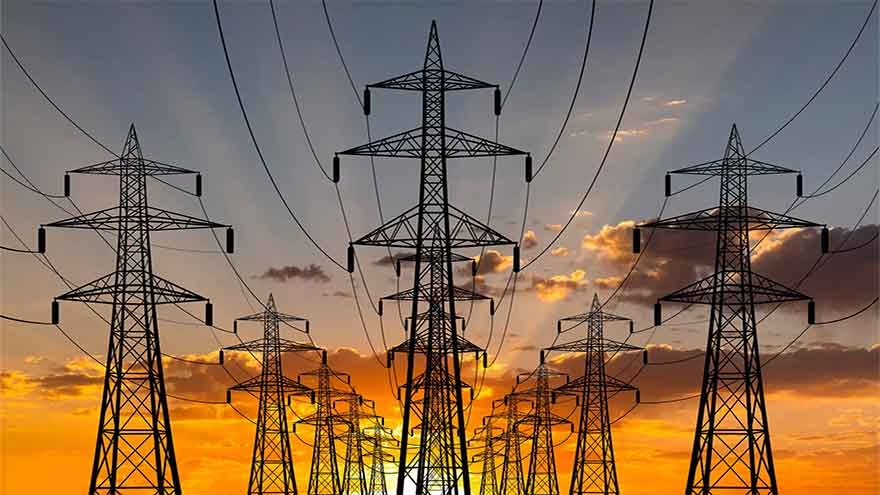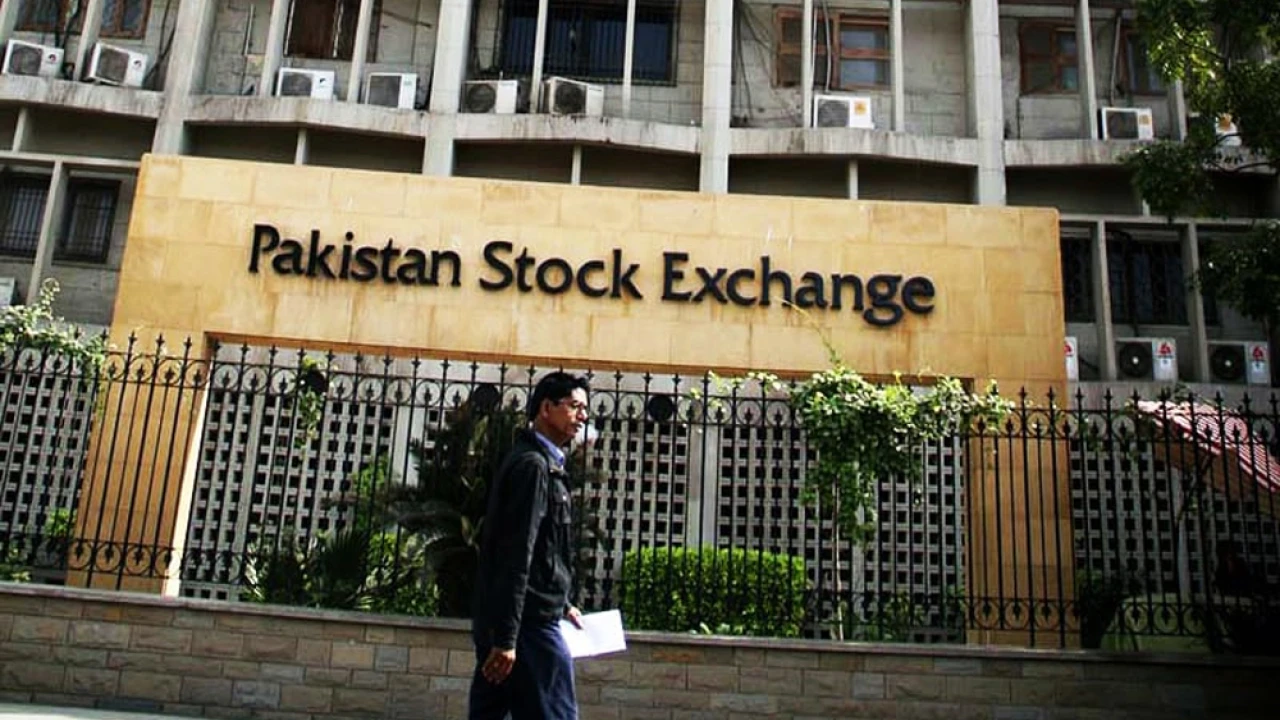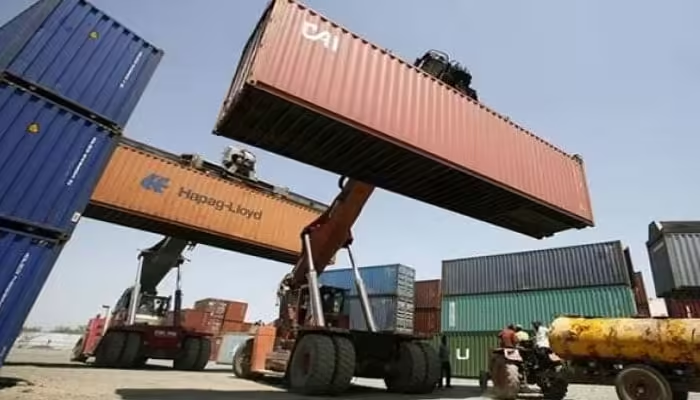In a major economic achievement, the Shahbaz government has successfully boosted Pakistan’s exports across multiple sectors, recording significant growth during the first half of the current fiscal year (July to December 2024).
According to the latest government statistics, all major industries, including textiles, leather, agriculture, food, minerals, chemicals, and petroleum, showed positive export growth, signaling a stronger trade performance.
Textile and Leather Industries Drive Export Growth
Pakistan’s textile and leather sectors have remained key contributors to the country’s export growth, recording a 10% increase compared to the same period last year.
Textile exports surged to $9.62 billion, reinforcing the sector’s status as the backbone of Pakistan’s economy.
Leather exports also saw a substantial boost, reaching $4.13 billion during the six-month period.
Industry experts attribute this positive trend to strong international demand, improved policies, and government incentives aimed at increasing production capacity and competitiveness in global markets.
Agro and Food Exports Rise by 6%
The agriculture and food sector also posted a 6% annual growth, with total exports hitting $4.13 billion. The rise in agricultural exports is attributed to:
Increased demand for Pakistani food products in international markets.
Expansion in export destinations for rice, fruits, and dairy products.
Government-backed subsidies and incentives for the agro sector.
Other Manufacturing Sectors Experience Strong Growth
Apart from textiles and agriculture, Pakistan’s other manufacturing sectors also showed promising export performance:
Other manufactured products increased by 11%, amounting to $1.28 billion in exports.
Metals and gems exports grew by 7%, reaching $614 million.
Minerals and petroleum exports saw a massive 48% rise, generating $612.5 million in revenue.
Chemical, fertilizer, and pharmaceutical exports rose by 25%, totaling $242.2 million.
Key Factors Behind the Export Boom
Several policy decisions and global market trends have played a crucial role in boosting Pakistan’s exports during this fiscal period:
Government Support & Incentives: The Shahbaz government introduced tax relief, export-friendly policies, and financial support for exporters, allowing them to enhance production and improve quality.
Improved Global Demand: A strong recovery in international markets post-pandemic has led to higher demand for Pakistani products, especially in textiles, agriculture, and pharmaceuticals.
Competitive Pricing & Free Trade Agreements (FTAs): Pakistan’s competitive pricing strategy and bilateral trade agreements with countries like China, the EU, and the Middle East have further strengthened exports.
Energy Subsidies for Industries: The government’s reduction in energy tariffs for major export-oriented industries, particularly textiles, has enabled higher production efficiency.
Economic Outlook: Can Pakistan Maintain Export Growth?
While the current export performance is promising, maintaining long-term growth will require continued reforms and policy improvements. Experts suggest that Pakistan should focus on:
Diversifying exports beyond traditional markets to reduce dependency on a few sectors.
Enhancing industrial production capacity to meet growing global demand.
Investing in innovation and technology to stay competitive in the international market.
Strengthening trade relations with major global economies to open new export avenues.
A Step Towards Economic Stability
The Shahbaz government’s success in increasing exports across all sectors marks a positive shift in Pakistan’s economic trajectory. With textiles, leather, agro-products, and minerals leading the way, Pakistan is gradually strengthening its trade position globally.



